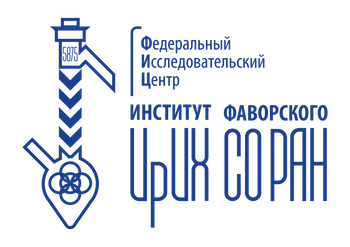Опубликована статья: Effect of high dose of selenium nanoparticles on antioxidant system and biochemical profile of rats in correction of carbon tetrachloride-induced toxic damage of liver // Marina Lesnichaya, Ekaterina Karpova, Boris Sukhov (DOI: 10.1016/j.colsurfb.2020.111381)
Аннотация
Постоянно расширяющиеся области применение наночастиц селена в медицине требует тщательной оценки их воздействия на живой организм для предотвращения развития нежелательных и опасных токсических процессов. Биологическое действие наночастиц селена существенно зависит от их дозировки. Это стимулирует необходимость проведения углубленного изучения возможных механизмов их токсического действия, особенно при их применении в больших дозах. В данной работе мы изучили влияние высоких доз наночастиц селена на крыс и обнаружили, их различное действие в условиях здорового организма и в случае модельного токсического поражения печени. Выявлено, что введение крысам высокой дозы наночастиц селена в условиях токсического поражения печени снижает концентрацию продуктов перекисного окисления липидов в крови и нормализует уровень ферментов печени при развитии повреждения мочевыделительной системы. В то же время, в здоровом организме избыток наночастиц селена увеличивает концентрации мочевины, аспартат-аминотрансферазы и малондиальдегида, вероятно, в связи с тем, что избыток наночастиц селена индуцирует перекисное окисление липидов, что ведет к повреждению мочевыделительной системы. Рот этом эксперименты показали, что в группе животных, получивших наночастицы селена в дозе, в 6 раз превышающей норму, смертность не наблюдалась. Использование сульфатированного полисахарида κ-каррагинана в качестве стабилизатора наночастиц создаёт на поверхности наночастиц плотный отрицательный заряд (ζ-потенциал -29 мВ). Вероятно, высокая биосовместимость наночастиц объясняется пролонгацией их взаимодействия с клетками вследствие вовлечения их в метаболизм через стадию опсонизации с участием отрицательно заряженной поверхности наночастиц.
Abstract
The ever-increasing application of selenium nanoparticles in medicine generates a need for thorough assessment of their effects on the living organism to prevent undesirable and dangerous toxic processes. The biological action of selenium nanoparticles strongly depends on the administrated dose. This stimulates in-depth study of possible mechanisms of their toxic effect, especially when they are applied in high doses. In this work, we have studied the effect of a high dose of selenium nanoparticles on rats and found that it is different in a healthy organism and in the case of modeled liver toxic damage. It has been revealed that the administration of a high dose of selenium nanoparticles to rats with toxic liver damage decreases the concentration of lipid peroxidation products in the blood and normalizes the level of liver enzymes at a time of the damage of the urinary system. At the same time, in a healthy organism, excess of selenium nanoparticles augments concentrations of urea, aspartate aminotransferase and malondialdehyde probably due to the fact that excess selenium nanoparticles induces the lipid peroxidation and damage the urinary system. However, the experiments show that, no mortality is observed among the animals treated with selenium in a dose of 6 times higher than the normal one. The use of sulfated polysaccharide κ-carrageenan as a stabilizer of nanoparticles generates a densely negative charge (ζ-potential -29 mV) on the nanoparticles surface. Probably, the high biocompatibility of nanoparticles is explained by the prolongation of their interaction with cells due to involvement of opsonization stage of negatively charged surface of nanoparticles into their metabolism.
https://pubmed.ncbi.nlm.nih.gov/33035808/
Поздравляем авторов статьи и желаем дальнейших успехов!
Пресс-центр ИрИХ СО РАН














